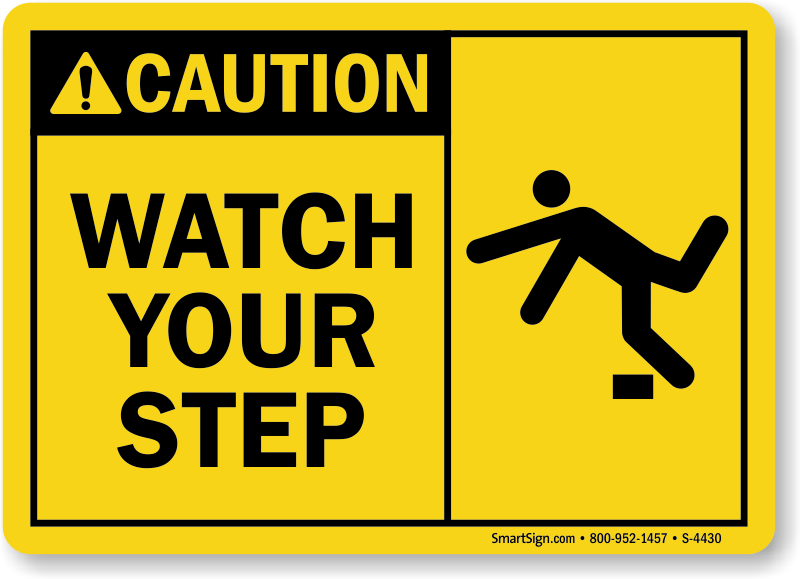Writing the Analysis
 Writing a good analysis is key to writing a good evaluation. If you do not understand the data that you have obtained from your study, this has a significant influence on your ability to evaluate it.
Writing a good analysis is key to writing a good evaluation. If you do not understand the data that you have obtained from your study, this has a significant influence on your ability to evaluate it.
The analysis is important because it explains to the reader what the data mean. It is important that you think about the data that you have collected and discuss its character, rather than simply trying to get the "answer" to this section.
This handout is a checklist for your rough draft.
The assessment criteria
The following descriptors are for the top mark bands for the analysis section of the IA report.
| 5 - 6 marks |
| Descriptive and inferential statistics are appropriately and accurately applied. The graph is correctly presented and addresses the hypothesis. The statistical findings are interpreted with regard to the data and linked to the hypothesis. |
Tips for doing well on your analysis
Tip 1: Discuss the data.
In the analysis, it is important that you describe the data that you obtained. Were there outliers? Why do we think that those outliers exist? Maybe there is a bimodal distribution of the data. Why might that be true? It may also be that there is a difference between the two groups, but the data is not significant. Why might that be true? What if the data is significant but the researchers feel that they cannot discount that other factors may have influenced the data? Could it be that the results are mathematically significant but perhaps not a good predictor of behaviour?
Tip 2: If you have nothing to say about it, leave it out.
You will need to put a table with appropriate descriptive statistics (mean, median, mode) as well as a measure of distribution (range, standard deviation, variance) to describe your data. You do not have to include all of the measures of central tendency. If it is not important to understanding the data, don't include it. For example, the mode of the number of words remembered from a list is probably not highly important - so do not include it.
Tip 3: The graph must reflect the hypothesis.
The reader should be able to read your hypothesis and then flip to your graph and see your results. Please remember that there should be one graph. You should not include, for example, graphs that show gender differences, even if that data looks interesting. It is also important that you do not simply graph all of your raw data. Your graph should "answer the research question."
Tip 4: End the analysis with a statement of conclusion that reflects the hypothesis and addresses the target population.
Finally, the report should end with a conclusion. The conclusion should clearly state what was found. A typical conclusion might look like this:
As a result of our study, we can conclude at a p ≤ 0.01 level of significance that playing music while trying to rehearse a list of 40 words has a negative effect on international teenagers' recall.
 Because of the importance of the word "significance" in experimental research, please be careful that you do not use it in any other manner other than to discuss inferential statistics. It is inappropriate to write in your descriptive statistics section that the means are significantly different, without having applied inferential statistics to know if this is true.
Because of the importance of the word "significance" in experimental research, please be careful that you do not use it in any other manner other than to discuss inferential statistics. It is inappropriate to write in your descriptive statistics section that the means are significantly different, without having applied inferential statistics to know if this is true.

 IB Docs (2) Team
IB Docs (2) Team
